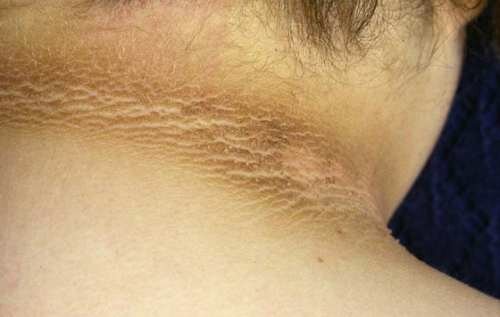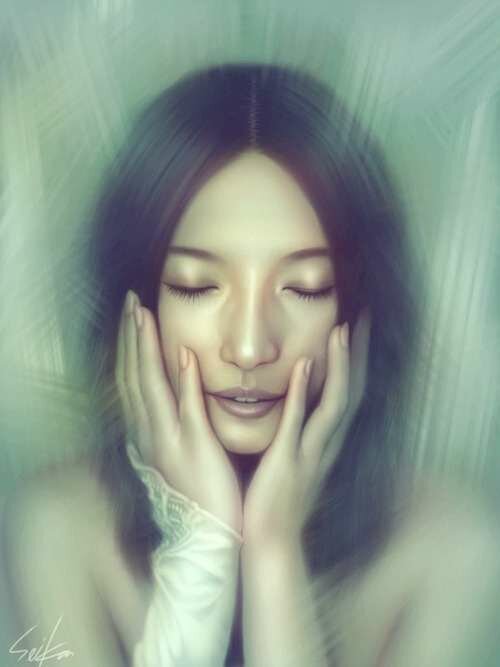|
|
||

One of the first things that we notice when we see a person are his/her eyes and infact, eyes are amongst the primary features that attract us towards an individual. Even in case of eyes, the aspect that first comes into notice is the eye color. Eye color is basically a polygenic trait of an individual. It is determined by the amount and type of pigments present in the iris of the eyes.

In this context, three elements are mainly considered, namely the melanin content of the iris pigment epithelium, the melanin content within the iris stroma and the cellular density of the iris stroma. The main reason for difference in the eye colors of individuals is the melanin content within the iris stroma.

One of the most important capabilities of our eyes is to see in three dimensions or 3D. In order for us to see in 3D we must first have two good eyes located on the front of our head. This allows us to see the same object at two slightly different views that our brain then merges into one, so we don’t see double. You can easily try it by looking at an object and taking turns covering each one.

The light reflected off of the objects you see enters each eye separately; it is converged by your lens on the back of the retina and sent to the brain. Our brain is then able to match up the similarities and fill in the subtle details, and differences captured by each eye. We are then able to see a solid object in 3 spatial dimensions width, height, and depth.

The human eye consists of many different parts. One of the most prominent parts of the eye is the iris. An iris is a rimmed ring around the black pupil of the eye. Human eyes have enormous color variation. A person’s eye color depends on both genetics and overall physical health.

Different eye colors are produced because of the different amounts and patterns of pigment in the iris. The amount of pigment and the pattern of the pigment is determined by a person’s genetic makeup. The DNA received from one’s parents determines what color eyes they will have. Each human has 46 chromosomes located in the nucleus of the cell.

A person’s eye color is determined by the genes inherited from their parents. The types of alleles received from the parents are assigned to certain chromosomes. The dominant genes are expressed and the recessive genes are hidden. In the development of the iris those genes tell enzymes to produce and place a certain amount of melanin in the iris to form the eye color.
These are divided into 23 pairs of chromosomes. A baby inherits one chromosome from each parent in each pair of chromosomes. A piece of DNA on a chromosome is called a gene. Genes are the basic unit of heredity, they determine many characteristics about a baby. Genes also come in pairs. Alleles are found in genes and determine the appearance of any characteristic. There are two alleles for each trait inherited.

If the two alleles are the same then they are homozygous for that gene. If the alleles are different, then they are called heterozygous. One allele is expressed over the other allele. This is called the dominant allele, the unexpressed allele is called recessive. For example, if there was a brown allele and a blue allele, the brown is dominant, so the person would have brown eyes. But not just one pair of genes can control a single trait.
Right now there are three known gene pairs that control eye color. The bey 2 gene on chromosome 15 contains a brown and blue allele. Also on chromosome 15, the bey 1 gene is the central brown gene. On chromosome pair 19 the gey gene contains a green allele and a blue allele.




























